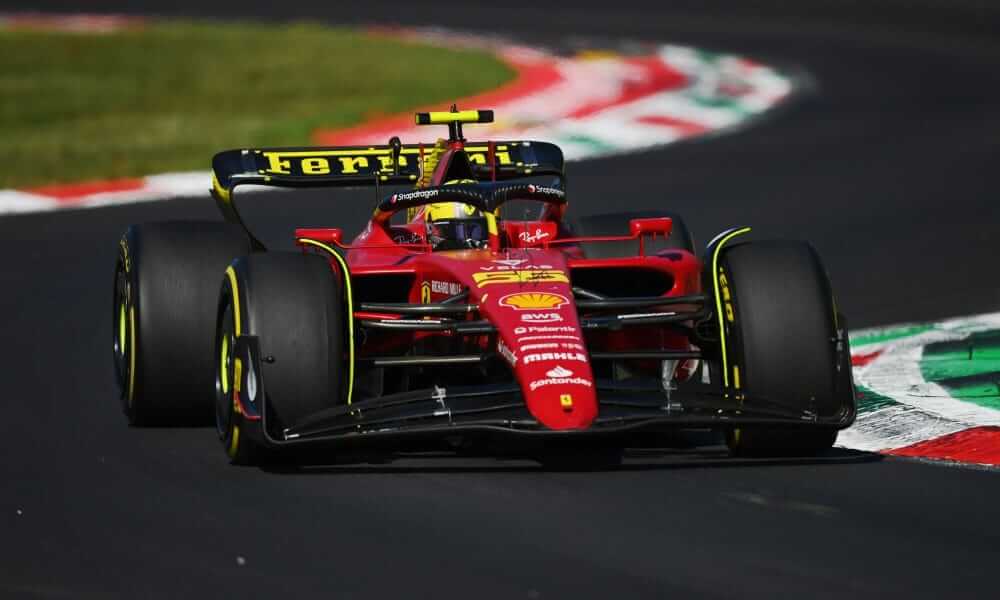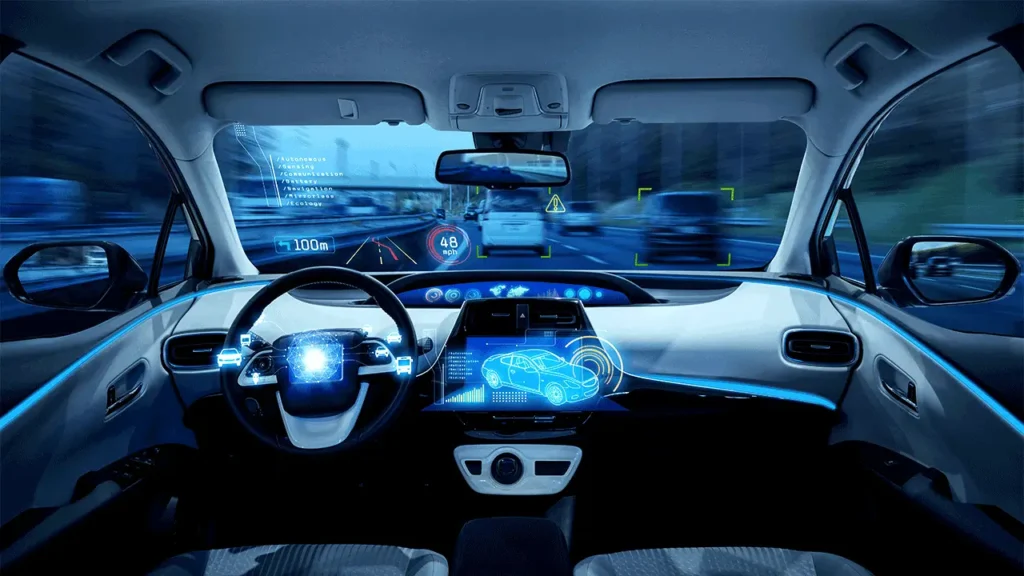In the high-octane world of Formula 1, speed is everything—but data is king. Today’s F1 teams rely on cutting-edge artificial intelligence (AI) to find every possible advantage. From optimizing race strategy to enhancing car design and driver performance, AI now plays a central role in shaping every race weekend. And in 2025, that role is more critical—and more precise—than ever.
Let’s explore how AI in Formula 1 is enabling machine-precision racing, revolutionizing everything from the pit wall to the track.
Introduction: The Fusion of Speed, Data, and Intelligence
Formula 1 has always been a data-heavy sport. Teams generate over 1.5 terabytes of data per car per race weekend. But raw data means nothing without interpretation—and that’s where AI comes in.
In 2025, AI systems can:
- Detect patterns invisible to humans
- Forecast racing outcomes
- Optimize performance and strategy in real time
This transformation is helping teams race smarter, not just faster.
Real-Time Telemetry Analysis with AI
Each F1 car is equipped with hundreds of sensors monitoring everything from tire temperature to suspension pressure. AI processes this telemetry in real time to:
- Identify performance dips mid-lap
- Detect early signs of mechanical issues
- Compare driver inputs across laps
Engineers receive instant feedback, enabling smarter in-race decisions and reducing time wasted on reactive analysis.
AI-Powered Strategy Simulations and Pit Stop Planning
AI has revolutionized race strategy through:
- Millions of race simulations generated before and during races
- Tire degradation models that predict grip and performance loss
- Fuel consumption optimization under various race conditions
In 2025, AI doesn’t just recommend pit windows—it forecasts the optimal lap for maximum undercut or overcut potential, considering competitor behavior and weather shifts.
Driver Behavior Analysis and Performance Optimization
AI helps coaches and drivers by:
- Analyzing throttle and brake traces
- Comparing sector times to identify improvement areas
- Tracking reaction times, fatigue, and consistency
Over a race weekend, AI systems can deliver driver-specific insights, enabling micro-adjustments that result in tenths—or even hundredths—of a second gained per lap.
Machine Learning in Race Prediction Models
Teams feed AI models with historical data from:
- Track conditions
- Rival strategies
- Tire compound behavior
- Weather fluctuations
These models can forecast race outcomes, simulate overtaking scenarios, and suggest alternate strategies mid-race based on real-time developments.
AI in Vehicle Design and Aerodynamic Simulation
AI accelerates car development by enhancing:
- Computational Fluid Dynamics (CFD) simulations for airflow testing
- Digital twins that replicate real-world car behavior in virtual environments
- Topology optimization for lighter, stronger components
This means teams can design, test, and improve parts faster than ever, without depending solely on physical wind tunnel time.
Track Condition Prediction Using AI
Track evolution is dynamic. AI models evaluate:
- Rubber buildup and grip levels
- Surface degradation lap by lap
- Rain pattern impact on corner behavior
These insights help teams fine-tune setups and prepare tire strategies suited to how the track will change—not just how it is now.
AI-Supported Virtual Testing and Simulation Rigs
Driver simulators are now powered by AI-driven scenarios that replicate:
- Rivals’ likely tactics
- Weather-influenced grip levels
- Tire response under stress
Virtual laps allow teams to optimize setups before the car ever hits the tarmac, saving valuable time during limited practice sessions.
The Role of AI in Engine and Power Unit Management
AI also plays a key role in hybrid power unit optimization:
- Managing ERS (Energy Recovery Systems) deployment
- Monitoring engine temperatures
- Predicting component wear to prevent grid penalties
Teams use this data to balance power delivery and reliability, especially on power-sensitive tracks like Spa or Monza.
Augmented Race Engineering: AI-Assisted Decision Making
On race day, every second counts. Engineers now rely on AI not just for data, but for live tactical support:
- 📊 Real-time tire wear analysis to inform pit strategy
- 🧠 AI-recommended adjustments for car balance or aero trim
- ⚖️ Risk evaluation models for overtakes and undercuts
Rather than replacing human strategists, AI acts as a precision co-pilot, offering data-backed insights that would take a team hours to calculate manually.
F1 Teams Leading the AI Revolution
🏁 Mercedes-AMG Petronas
- Uses in-house AI modeling tools for strategy and performance
- Leverages digital twin technology for car development
🏎️ Red Bull Racing
- Invests heavily in AI for pit stop efficiency and aero simulation
- Implements real-time machine learning for tire strategy shifts
🔧 McLaren
- Integrates AI across engineering, design, and virtual testing
- Collaborates with tech partners for cloud-based performance optimization
🐎 Ferrari
- Focuses AI efforts on engine efficiency and data-driven driver feedback
- Adopts deep learning for predictive power unit modeling
These teams are redefining performance not just with faster cars—but with smarter, more adaptive racing systems.
AI in Formula E and Its Influence on F1
Formula E has pioneered many AI-powered solutions that are now crossing over into Formula 1, including:
- 🔋 Energy usage optimization in hybrid and electric systems
- 🧠 Predictive race management based on crowd-sourced data
- ⚡ Live fan engagement tools using AI for real-time overlays and insights
The lessons from electric racing are helping F1 adopt smarter, more sustainable racing models, especially with the push toward net-zero carbon targets.
Limitations and Ethical Considerations
As AI becomes more central in F1, key ethical and regulatory questions arise:
- 🤖 Should AI decisions override a driver’s judgment?
- 🧑⚖️ How do teams ensure fair competition when tech budgets differ?
- 🔍 What rules should govern data usage and AI transparency?
The FIA has started developing AI governance protocols to maintain balance and ensure human talent remains essential on the track.
The Future of AI in Motorsport Beyond 2025
Looking ahead, AI is expected to expand into:
- 🏎️ Fully autonomous race simulations for testing
- 📉 Zero-error predictive analytics across car systems
- 🧑🏫 AI-assisted driver training using VR and real-time biofeedback
- 🌍 City-integrated race planning using urban AI for fan engagement
We may even see AI-only race leagues emerge for testing high-speed automation in controlled environments.
Conclusion
Formula 1 in 2025 is as much a test of intelligence as it is of speed. With artificial intelligence driving strategic decisions, optimizing car performance, and enhancing driver feedback, the sport is entering a new era of machine-level precision.
AI doesn’t replace the thrill of racing—it refines it. As innovation accelerates, expect the gap between victory and defeat to be measured not just in seconds, but in lines of code and processing power. The checkered flag is now waved at the intersection of data and adrenaline.


